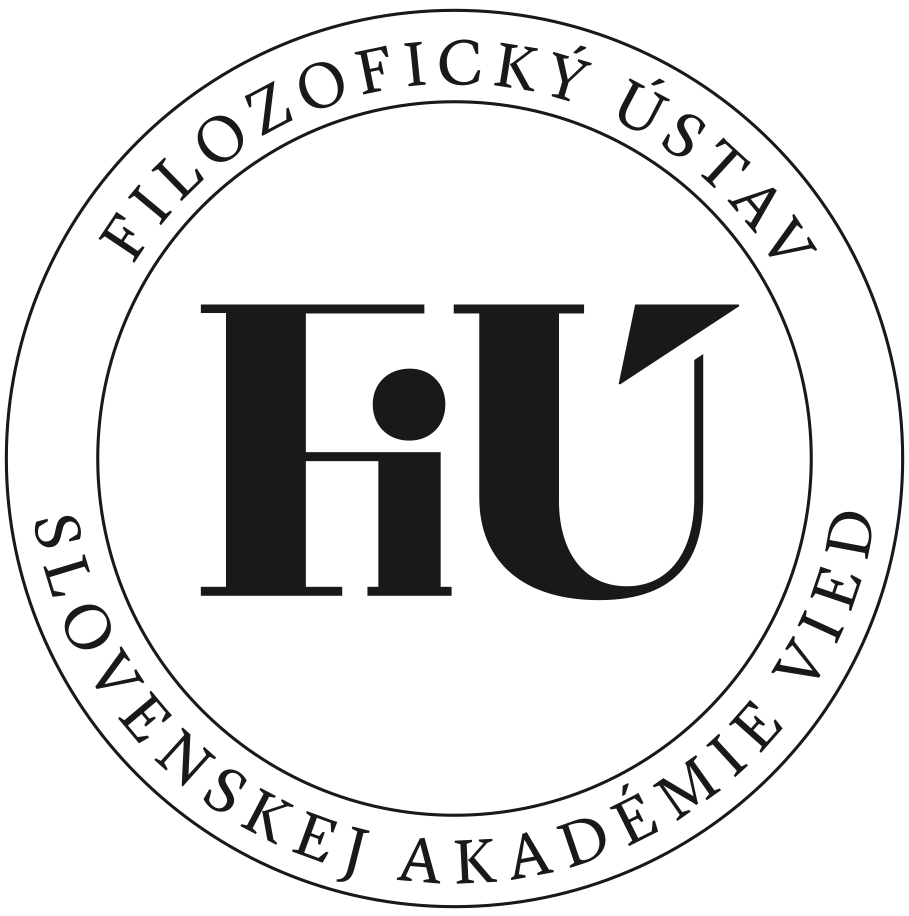Volume 72 (2017), 10
State
Abstrakt
What is the nature of the interpellation that enables us to recognize ourselves as subjects of an experience? How do we become subjects and what is the relationship between subjectivity and otherness? The paper discusses the genesis of the subjectivity from a phenomenological and a social standpoint, confronting Levinas’ phenomenological perspective on subjective… Čítať ďalej
Abstrakt
Michel Foucault characterizes philosophy as an attitude which consists in asking following questions: Who are we? What is this present we are in and which we are? Philosophy, he says, is ontology of the present. This definition might generate two further questions: Who are this “we”? What are the relations between this present and the current actuality which is… Čítať ďalej
Abstrakt
The paper critically examines Carl Schmitt’s and Reinhart Koselleck’s contributions to the reflection of the epistemological advantage of the vanquished. Both authors claim that the experience of being defeated contains a unique potential for creation of innovative historical interpretations and historiographic procedures which have long-term usefulness. Adverse… Čítať ďalej
Abstrakt
The article draws on Tugendhat’s idea of the twofold character of truth resulting from the twofold structure of self-conciousnes. When asking the question Who is a person? there is always our implicit self-evidence present. And from Kant on we also ask explicit questions, such as How do we want to understand ourselves? and What is better for us? This articulation… Čítať ďalej
Abstrakt
Husserlian phenomenology can analyze the art criticism in two ways: first, it can analyze its very transcendental possibilities; second, it can analyze it as a particular cultural institution. The former approach places art criticism within analyses of pure consciousness at the “crossroad” between aesthetic and natural attitude while arguing for primacy of the… Čítať ďalej
